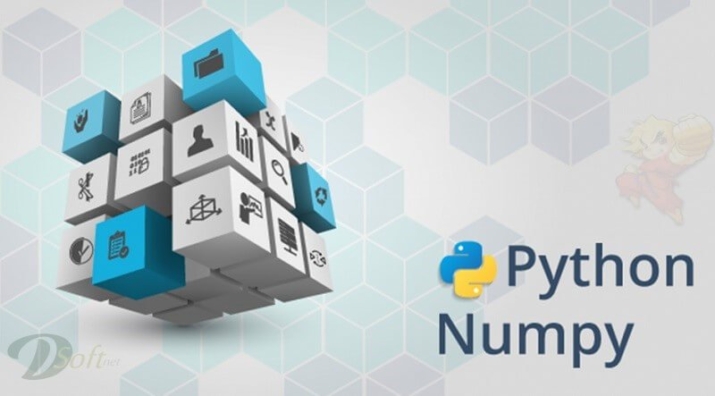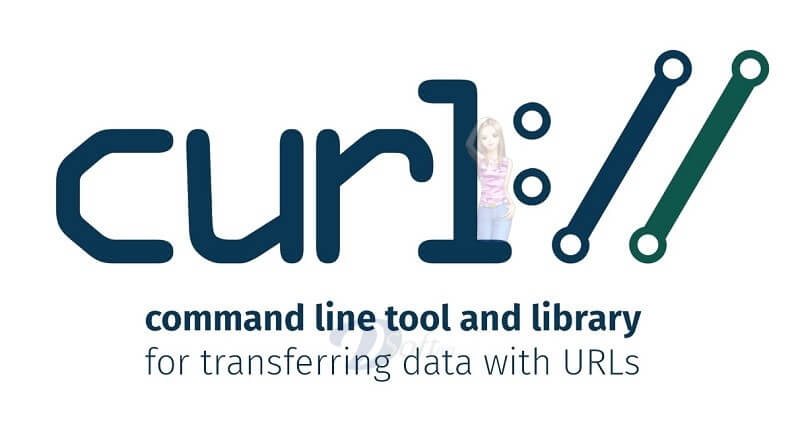NumPy Free Download 2024 Best for Windows, Mac and Linux
NumPy Free Download 2024 Best for Windows, Mac and Linux
NumPy is an open-source project that aims to enable digital computing using Python. It was established in 2005 based on the initial work of the libraries Numeric and Numarray.
The Success of the NumPy Free Project
It is always free to use and provided under the generous conditions of the amended BSD License, with 100 percent open source. NumPy was publicly developed by the consensus on GitHub and the wider science community of Python.
The role is to ensure, work with, and serve the broader Community, and the long-term well-being of the project, both technically and as a community. The Steering Board currently has many members around the world.
Responsible for making decisions regarding the development of the project and addressing any issues that arise. They also work to ensure that the project follows standards, encourages collaboration, and is inclusive to all members of the community.
It works to ensure that the project is accessible to a wide variety of users and that its code is of high quality and secure. They also make sure that the project is kept current with the latest technologies, and that the best practices for development are followed.

Features and Highlights
- N-dimensional strong array object
- Advanced (radio) functions
- Tools for integrating C/C++ and Fortran code
- The ability of linear algebra, Fourier, and the use of random numbers transform
- Besides its obvious scientific uses, it can also be used as a powerful multidimensional container for public data.
- Arbitrary data types can be defined.
- QuillBot is going to rewrite the file. Start by writing or pasting and click the button to paraphrase.
- A complete archive of documentation can be found for all versions (Numerical Python) (minor versions;
- Bugfix releases do not contain significant changes to the documentation) since 2009 at docs. scipy. org.
What is NumPy?
The basic scientific computing module of Python. It is a library of Python that offers a multidimensional array of matrixes, diverse derived objects (for example, matrices and masked matrices), and a wide range of methods for fast matrice operations. Among them maths, selection, input/output, discrete Fourier transforms, linear algebra and basic statistical operations. Random and more stimulation.
At the core package is a ndarray object. This encapsulates n-dimensional arrays of homogeneous data types, with many operations performed in the compiled code for performance. There are many major distinctions between NumPy arrays and conventional Python sequences:
NumPy arrays have a fixed size when created, unlike Python lists (which can grow dynamically). Resizing the array will create a new array and delete the original.
Array members must be of the same data type to have the same memory size. Exception: you can have object arrays (including Python) that enable arrays of objects of varying sizes.
Provide sophisticated arithmetic and other sorts of data processing. Such procedures are often carried out more effectively and with less code than with the integrated sequences from Python.
Many Scientific and Mathematical
Packages based on Python use NumPy arrays; Although it usually supports Python sequence input, it converts these inputs before processing and often outputs.
In other words, for the successful usage of many (or even most) scientific/mathematical programs based on Python, merely understanding how to utilize Python’s built-in sequence types is not enough – one also has to know how to use it.
Scientific computing has special relevance as regards sequence size and speed. Take the scenario, for example, where each element is multiplied by the appropriate element in a single-dimensional sequence in another sequence of the same length. We can iterate the elements if the data is kept in two Python lists, a and b.
Why NumPy Fast?
Vectorization describes the absence of any explicit looping, indexing, etc., in the code – these things happen, of course, only ‘behind the scenes’ in precompiled, optimized C code. Vector code has many advantages, including:
- Vector code is more concise and easier to read.
- Fewer lines of code generally mean fewer errors.
- The symbol is very similar to standard mathematical notation (which makes it easier, usually, to notify the mathematical formulas correctly).
The directive results in more ‘Pythonic’ code. Without the directive, the code would be full of ineffective loops and hard to read.
Broadcast is the term used to describe the underlying process behavior of each element. Generally, in NumPy, all operations, not just arithmetic, but logical, bitwise, functional, etc., behave in this implicit manner, i.e. they are broadcast.
Broadcasting allows us to perform operations on an array of different sizes. It takes the smaller array and “broadcasts” it across the larger array so that they have compatible shapes. This means that operations can be performed on arrays of different shapes, as long as they are compatible. By using broadcasting, we can write code that is more efficient and easier to read.
Who Else Uses NumPy?
Fully supports the object-oriented approach, starting with ndarray. For example, ndarray is a class that has many methods and attributes. Many of its methods are reflected by functions in the external namespace, allowing the programmer to code in any form they prefer.
This flexibility allowed the array dialect and the ndarray class to become a de facto language for multidimensional data exchange used in Python.
Widely used in scientific computing, data science, and machine learning.
It is used for numerical and scientific calculations, linear algebra, Fourier transformations, and other mathematical operations. It is also the backbone of many popular libraries, such as Pandas, SciPy, and Scikit-Learn. It is used in a variety of fields, such as astronomy, engineering, finance, and bioinformatics. Furthermore, it is also used in data visualization tools such as Matplotlib and Seaborn.
📌 Note: Requires Python.
✅ is also available to download for Windows, Mac & Linux.
Conclusion
In conclusion, NumPy is a powerful library for scientific computing, data analysis, and machine learning in Python. It provides support for large, multi-dimensional arrays and matrices, along with a range of high-level mathematical functions to operate on these arrays.
It is faster, consumes less memory, and provides better data access mechanisms than Python lists. Also supports broadcasting, which is a mechanism to perform arithmetic operations on arrays with different shapes. It is an essential library for anyone working with numerical data in Python.
So, if you are working on a project that involves numerical computations, make sure to give NumPy a try.
Technical Details
Program name: NumPy Free
- Category: Utility Tools
- License: Open Source
- Version: latest
- File size: 9.8 MB
- Core: 32/64-bit
- Operating systems: all Windows, Mac, Linux, etc
- Languages: Multilingual
- Developed by: Jarrod Millman
- Official website: numpy.org
NumPy Free Download 2024





